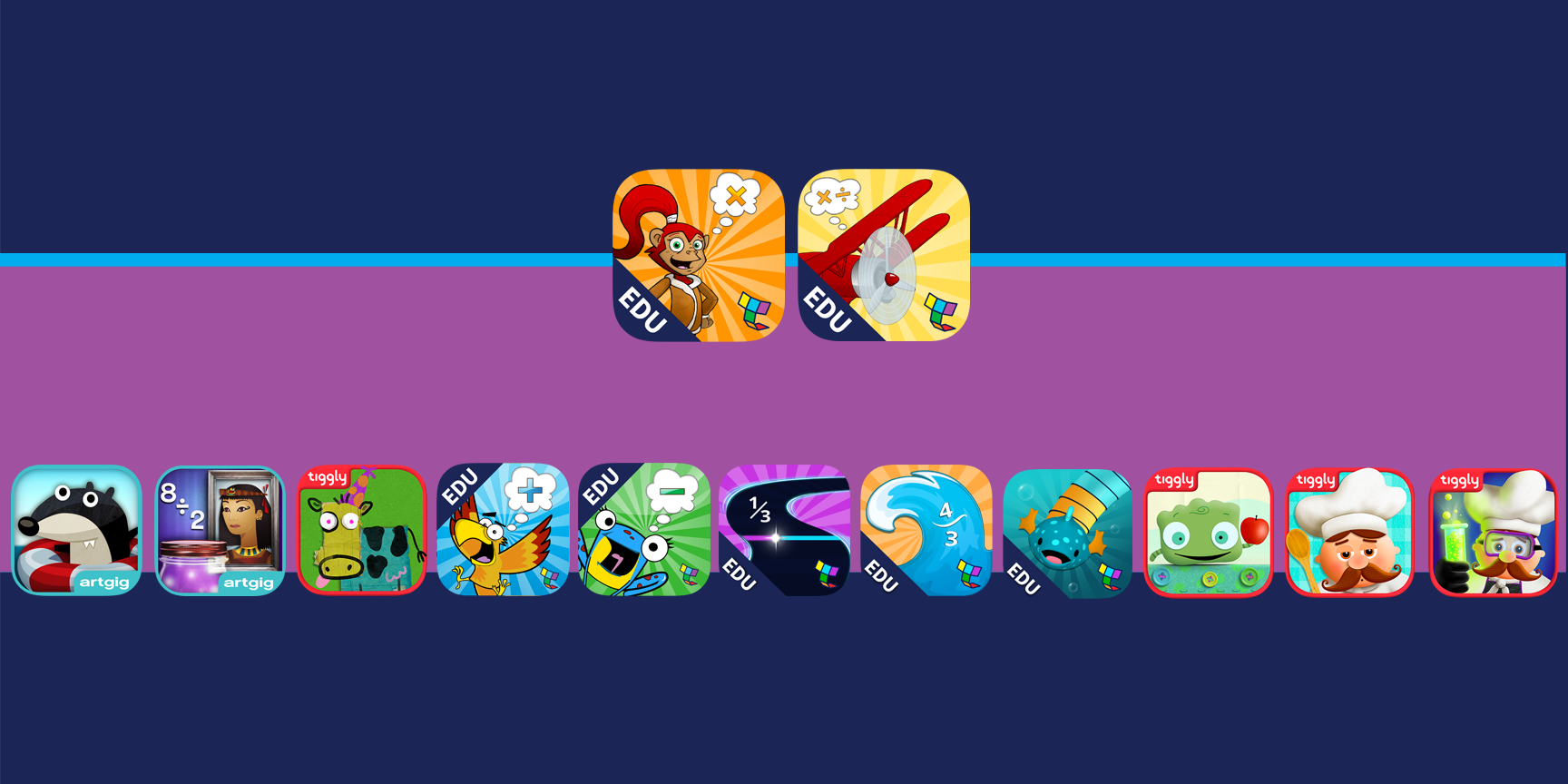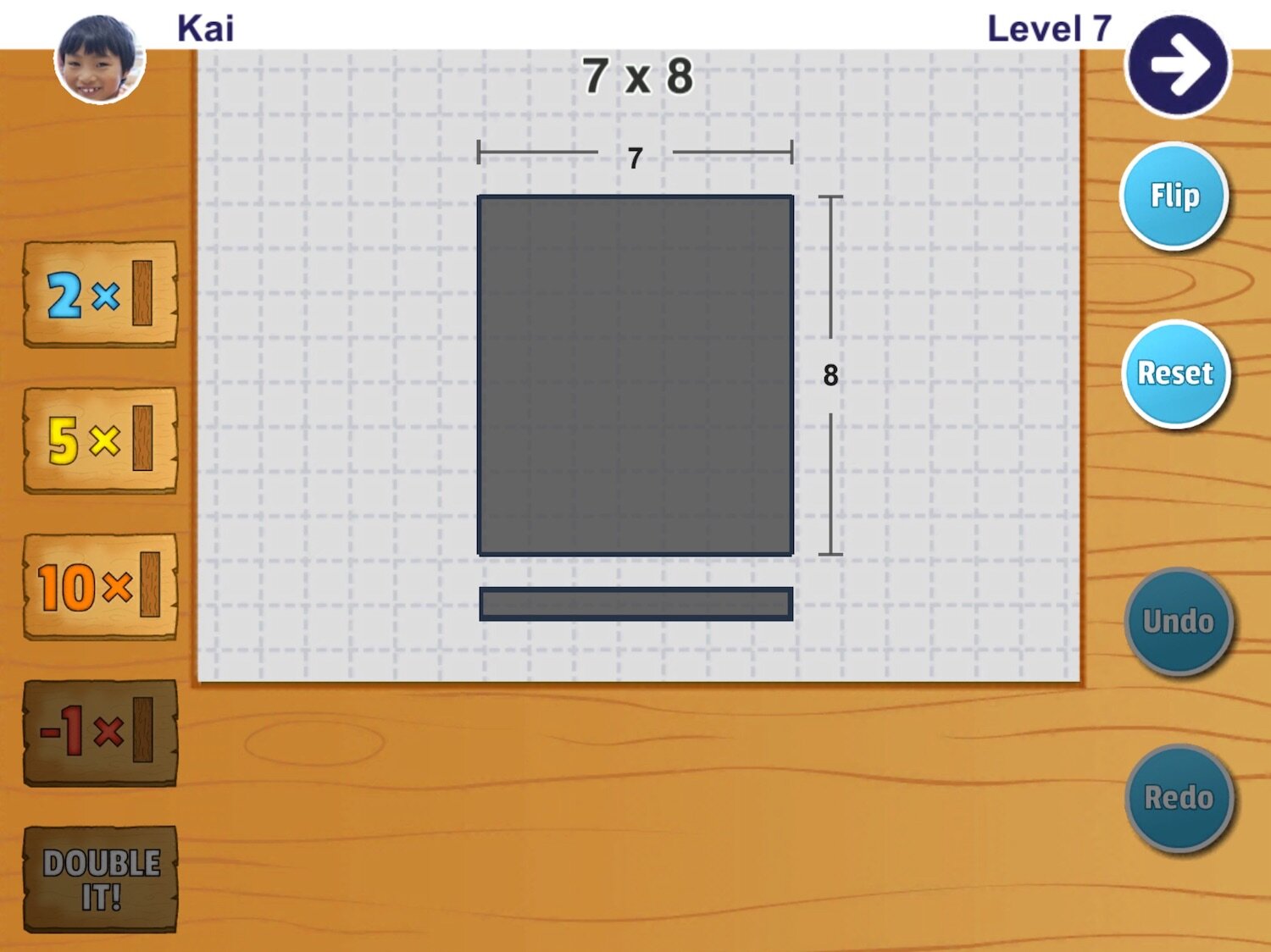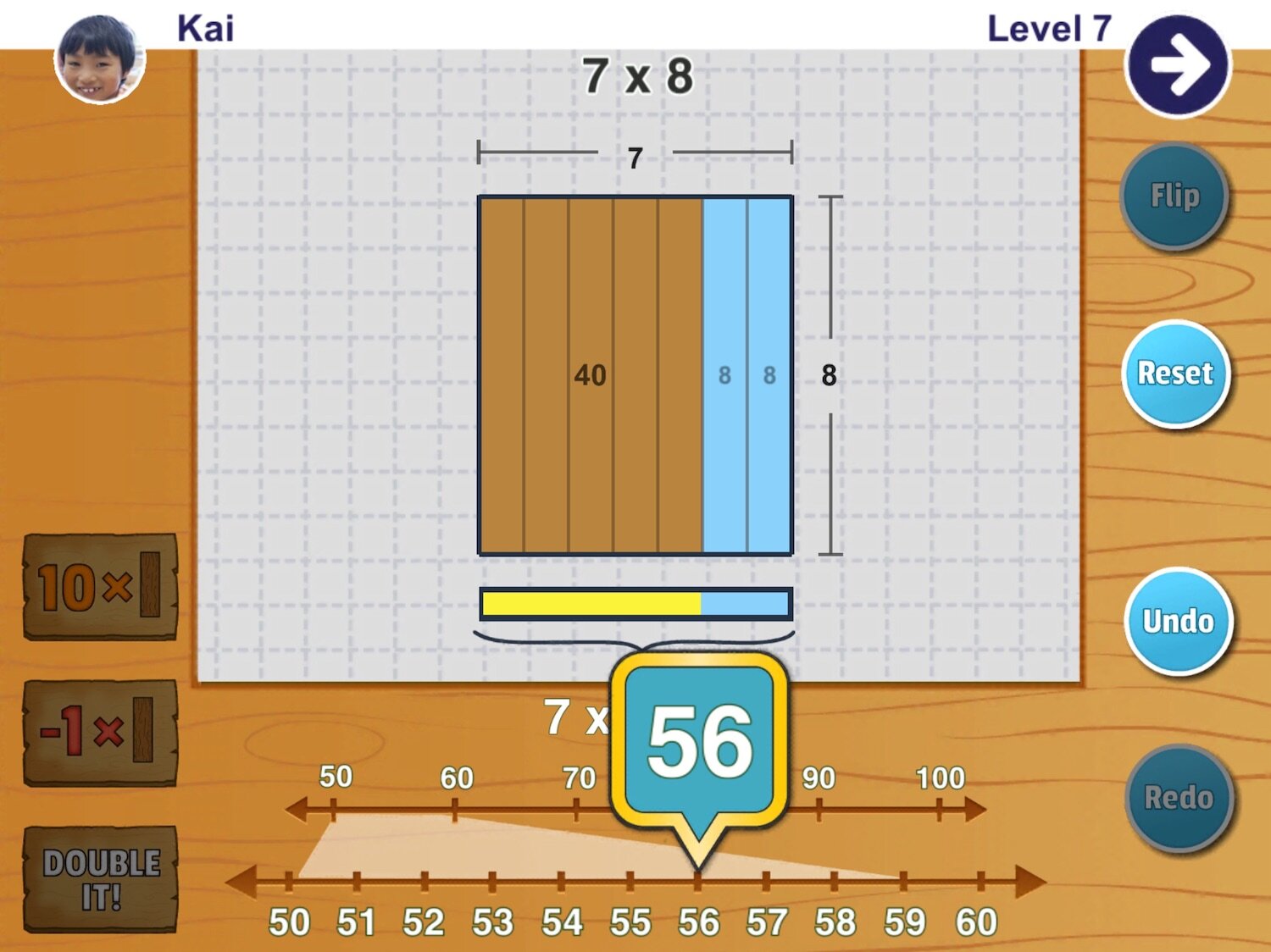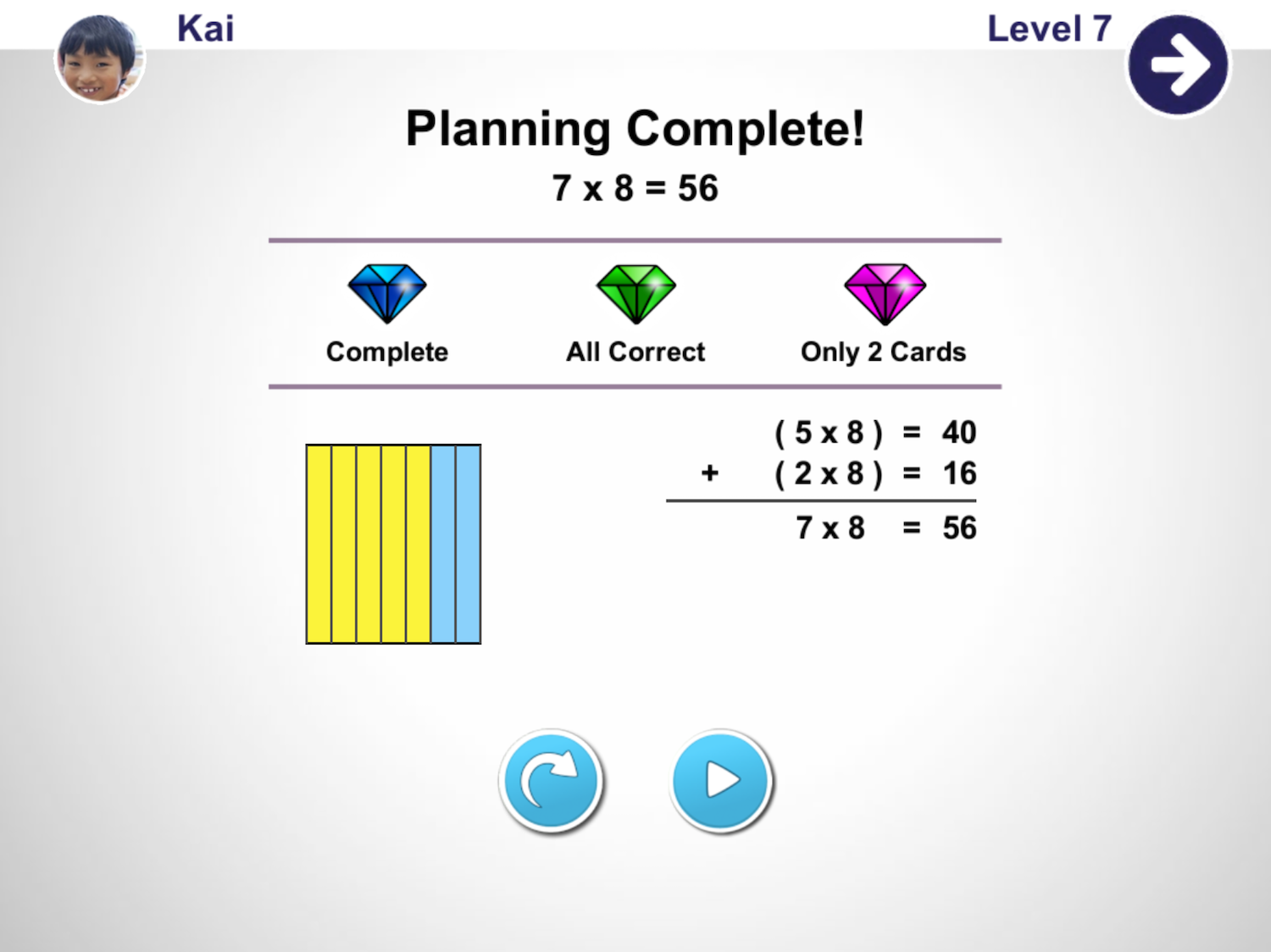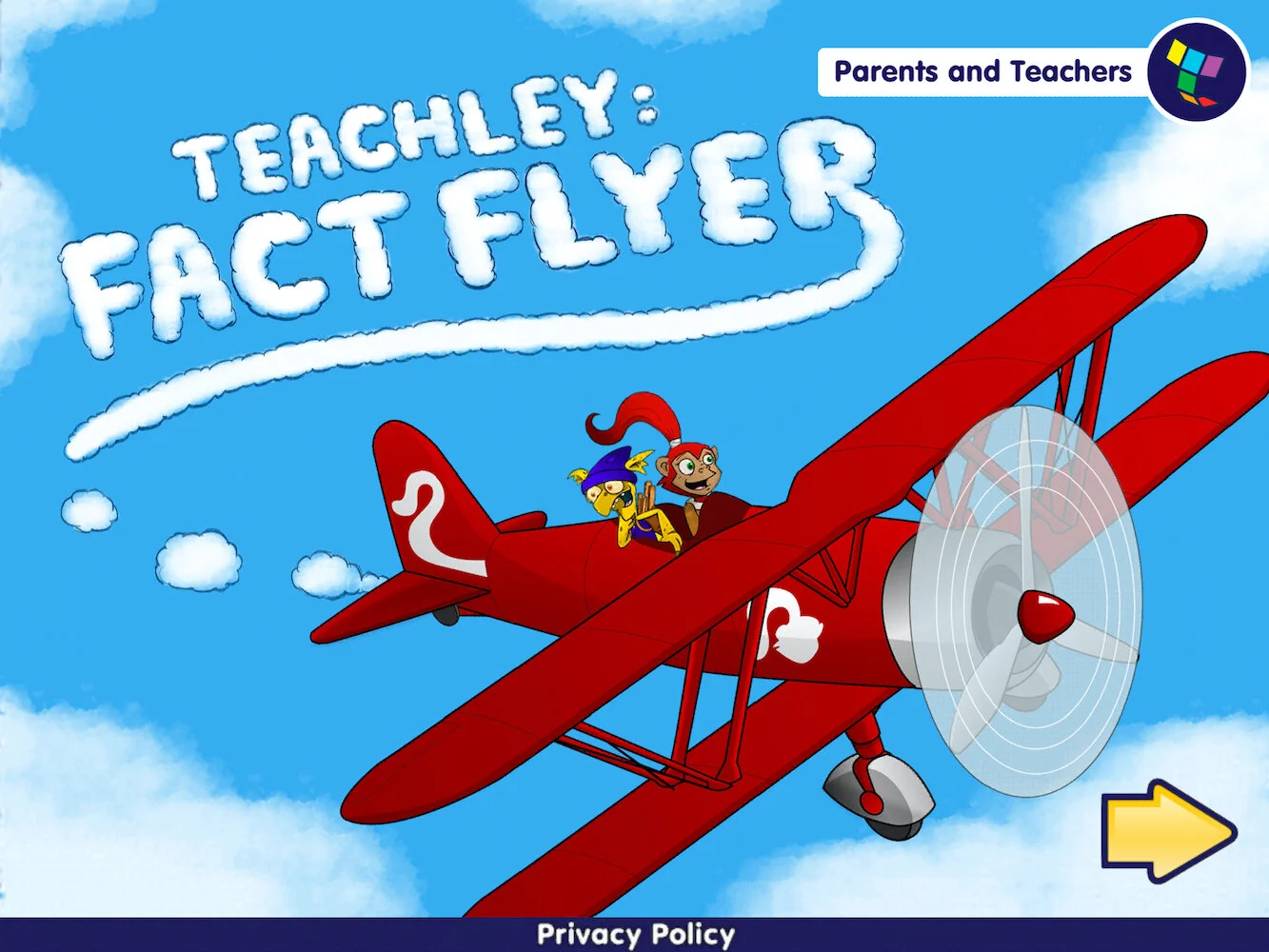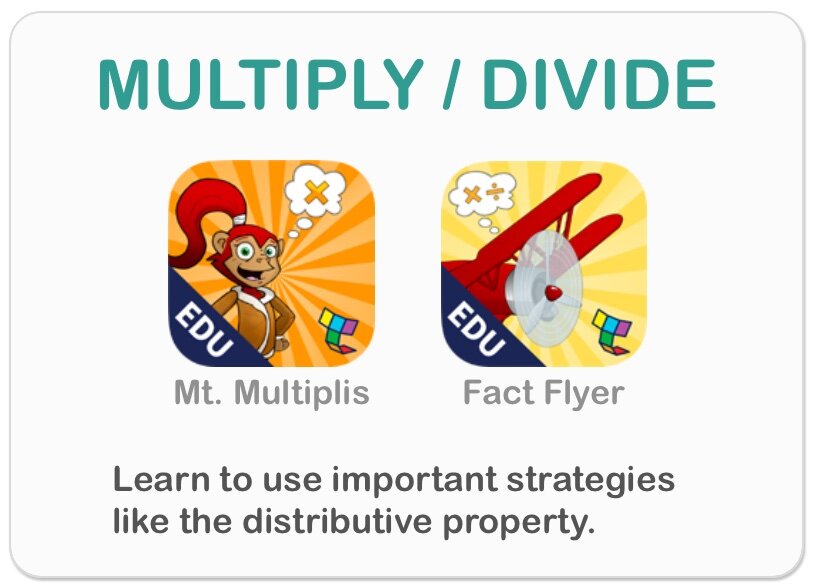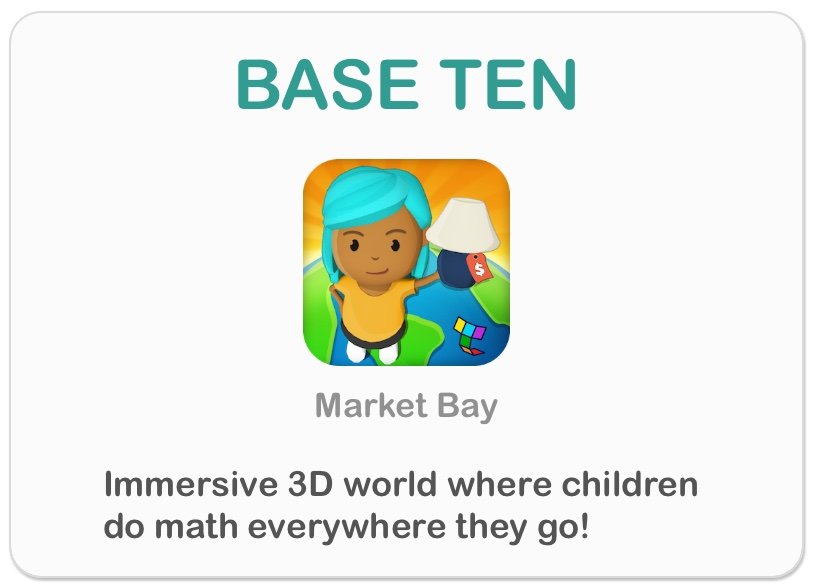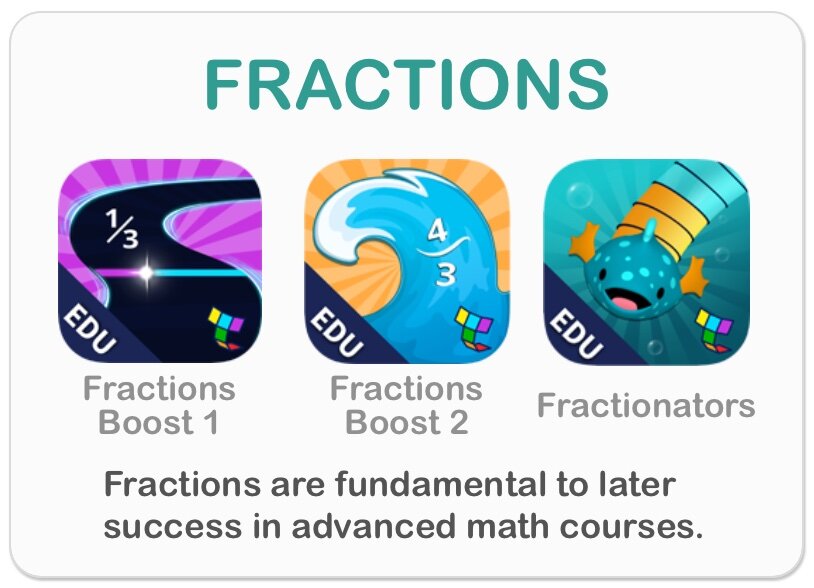What Is the Distributive Property?
The Distributive Property connects addition to multiplication. Children can think about how multiplication facts are composed of combinations of other facts. For example, 7 x 8 can be thought of as 5 groups of 8 plus another 2 groups of 8.
Mt. Multiplis EDU
Clearly see how 6 x 7 can be described as 5 groups of 7 and one more 7. (distributive property)
“I love that Mt. Multiplis is not just about getting the answer, but focuses on the process, teaching strategies that kids need to develop.”
“This is one of the best multiplication apps for 4th graders! I’m always on the lookout for apps to help my kiddos who didn’t quite master their math facts in 3rd grade, and this is by far my favorite.”
Not All Education Apps Are Created Equal
We don’t rely on digital flashcards and worksheets
Mt. Multiplis allows children to use properties of multiplication to think flexibly about solving problems.
Visual Models To Aid Learning
Children who struggle fail to learn key math strategies. That’s why our apps make these explicit, helping students conceptualize complex strategies using models, like the ones shown here.
FACT Flyer EDU
Practice multiplication and division fluency with strategy-based hints.
NO more timed tests!
Say goodbye to the dreaded timed multiplication tests. Students play games and you see their personalized multiplication table.
Common Core and other state standards aligned
Mt. Multiplis and Fact Flyer address many Common Core and other state standards, including CCSSM.3.OA.B.5. Apply properties of operations as strategies to multiply:
Commutative property of multiplication
If 6 × 4 = 24 is known, then 4 × 6 = 24 is also known.
Associative property of multiplication
3 × 5 × 2 can be found by 3 × 5 = 15, then 15 × 2 = 30, or by 5 × 2 = 10, then 3 × 10 = 30.
Distributive property
Knowing that 8 × 5 = 40 and 8 × 2 = 16, one can find 8 × 7 as 8 × (5 + 2) = (8 × 5) + (8 × 2) = 40 + 16 = 56.

